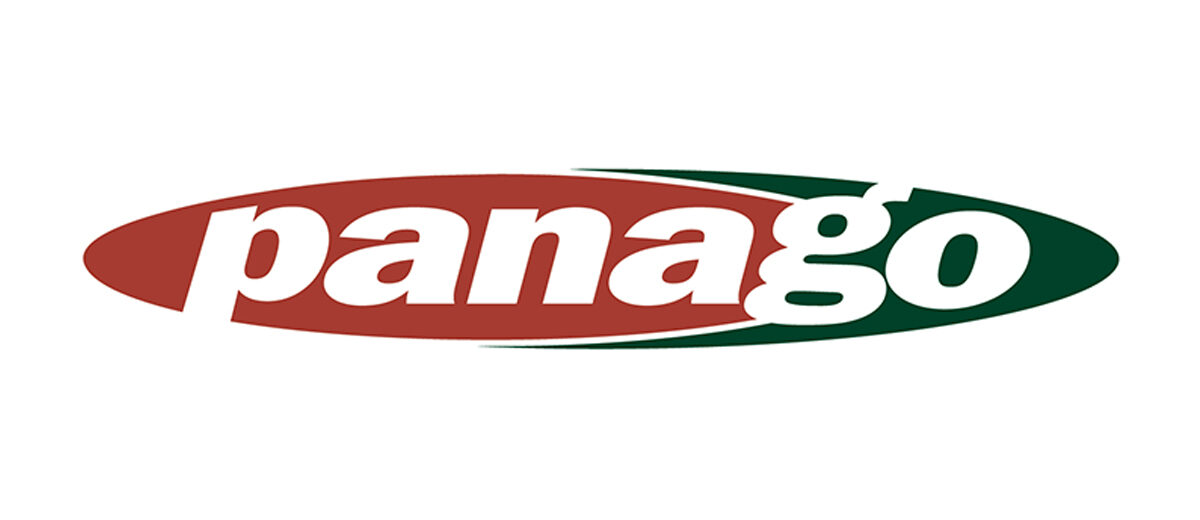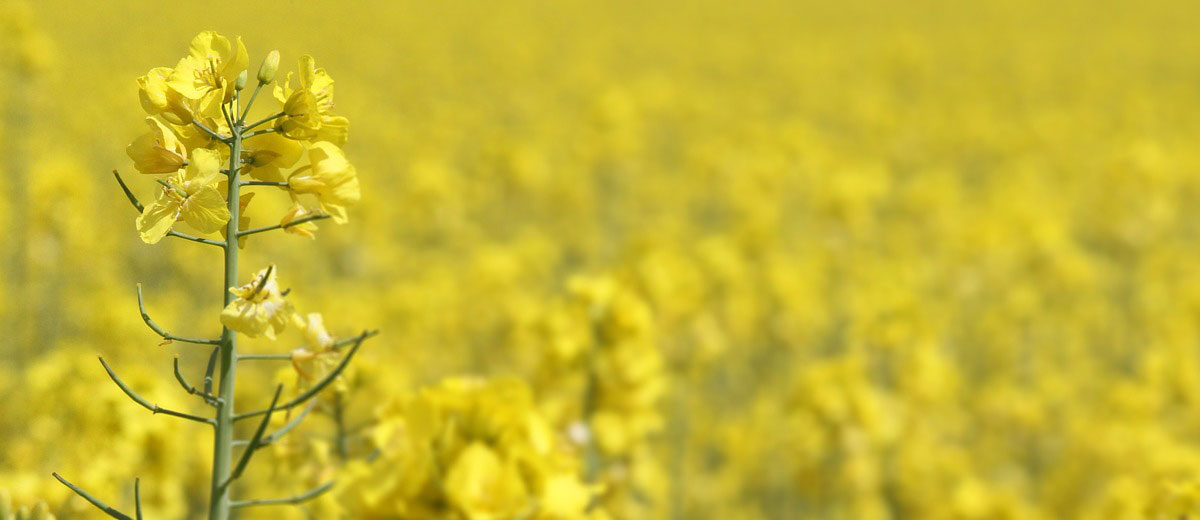
What’s Behind Canola Seeding Rate Recommendations?
By Kim Stonehouse, MSc, PAg, Crops Extension Specialist, Tisdale, May 2020
Sufficient plant establishment is key to ensuring a canola crop has the highest potential for success. A seeding rate calculation can determine the amount of seed required to optimize yields and maximize a return on investment. While the calculation is simple, determining the values to plug into the equation may be less so. Measuring averages of these less specific variables on individual farms could go a long way to improving the accuracy of seeding rate calculations.
| Seeding rate (kg/ha) = | Target density (plants/m2) x TSW(g) x 100 % Germination x % Expected seedling survival |
Optimal canola seeding rates can be calculated if the optimal plant density, thousand seed weight (TSW), percentage germination and seedling survival rate are known. Many online calculators exist to make this determination quick and easy. However, if a specific seedling survival rate and optimal plant density are not known, using wide ranges for either of these parameters can render the seeding rate calculation an exercise in futility.
Historically, recommended target plant populations for canola have had very wide range. For example, the 2003 Canola Growers Manual suggested aiming for 40 to 200 plants/m2. This recommendation was developed using research on varieties available at the time, showing optimal yields could be reached more than 90 per cent of the time when plant densities within this range were targeted. Add to this seedling survival rates that ranged from 40 to 60 per cent and the seeding rate calculation was all but impractical for canola.
To narrow this range, it became common practice to suggest 100 to 140 plants/m2 as a more reasonable target. As seed costs climbed, new hybrid varieties were developed and more research was conducted, the recommendations for target plant populations range was further narrowed and reduced to 70 to 100 plants/m2.

With the advent of better seed placement technology and improved hybrid vigour, the canola seedling survival range has also been narrowed to 50 to 60 per cent of planted seeds. While not perfect, the tightened target plant stand and seedling survival ranges have combined to make seeding rate calculations a much more useful tool.
The one factor that has not changed over time is the plant density below which there is a significant reduction in yield potential. That threshold remains at 40 plants/m2. It is worth noting that even when plant populations are near this level (but not below), high yield potentials can only be reached in the absence of crop stresses such as insects, weeds, diseases, spring frost, hail and excess heat. A longer growing season may also be required to allow the crop to fully mature.
When determining an appropriate seeding rate, consideration must be given to each of these factors. For example, low plant stand densities of canola can tolerate less pressure due to flea beetles, frosts or hail. Plant reductions from insect feeding, spring frosts or hail can quickly reduce stands below that required for maximum yield and in the case of insects, increase the reliance on insecticides.
Low plant stand densities of canola will take longer to cover the ground and reduce their ability to compete with weeds. Low seeding rates can increase the time over which weed growth must be controlled by herbicides resulting in an increased number of applications within a season. Since these increased herbicide applications are required to be made in-crop, there is little opportunity to change herbicide modes of action. This has the potential to develop or increase herbicide resistant weed populations.
Fungicide and harvest timing decisions can be more difficult with low plant populations. Fewer plants will result in increased branching on each plant which will increase the flowering period and time to maturity. When the flowering period is increased there is less physiological uniformity resulting in potential losses due to unprotected crop, or increased fungicide, fuel and time due to the need for split applications. Increasing the time to maturity increases risk of excessive shattering losses or high green seed counts because harvest timing is less precise, delayed or prolonged.
Another factor is that newer varieties of canola are being produced with significantly larger thousand seed weights. A consequence to this is that more weight of seed is required to target current optimal plant stand recommendations. This implies added cost for seed that is purchased by weight. In order to stabilize seed costs, the trend has been to adopt a “one size fits all” seeding rate, regardless of seed size. However, recent research has indicated that these larger seeds have no significant impact on yield and thus, this single seeding rate has the potential to be problematic if plant stands drop below optimal.
As technology and genetics improve, research could further narrow the ranges for optimal plant density and seedling survival rate. However, these will always remain ranges since they are determined over large areas with differing soil types, climatic conditions and seeding systems. Measuring and recording these values on individual fields, using a consistent seeding system, has the potential to develop a field specific average that will drastically improve precision in the seeding rate calculation and gain confidence when determining return on investment.
For the latest information and for more updates on everything Kindersley ‘Like’ the Kindersley Social Facebook page below…








































